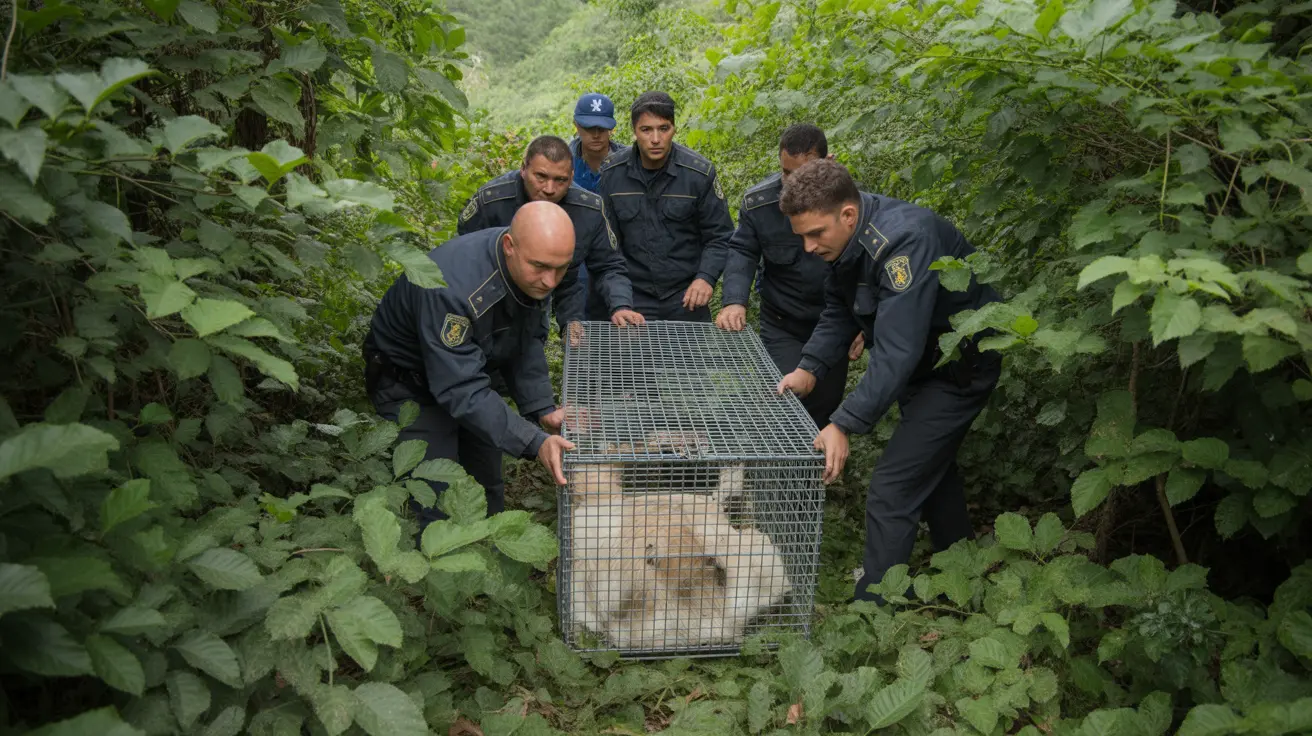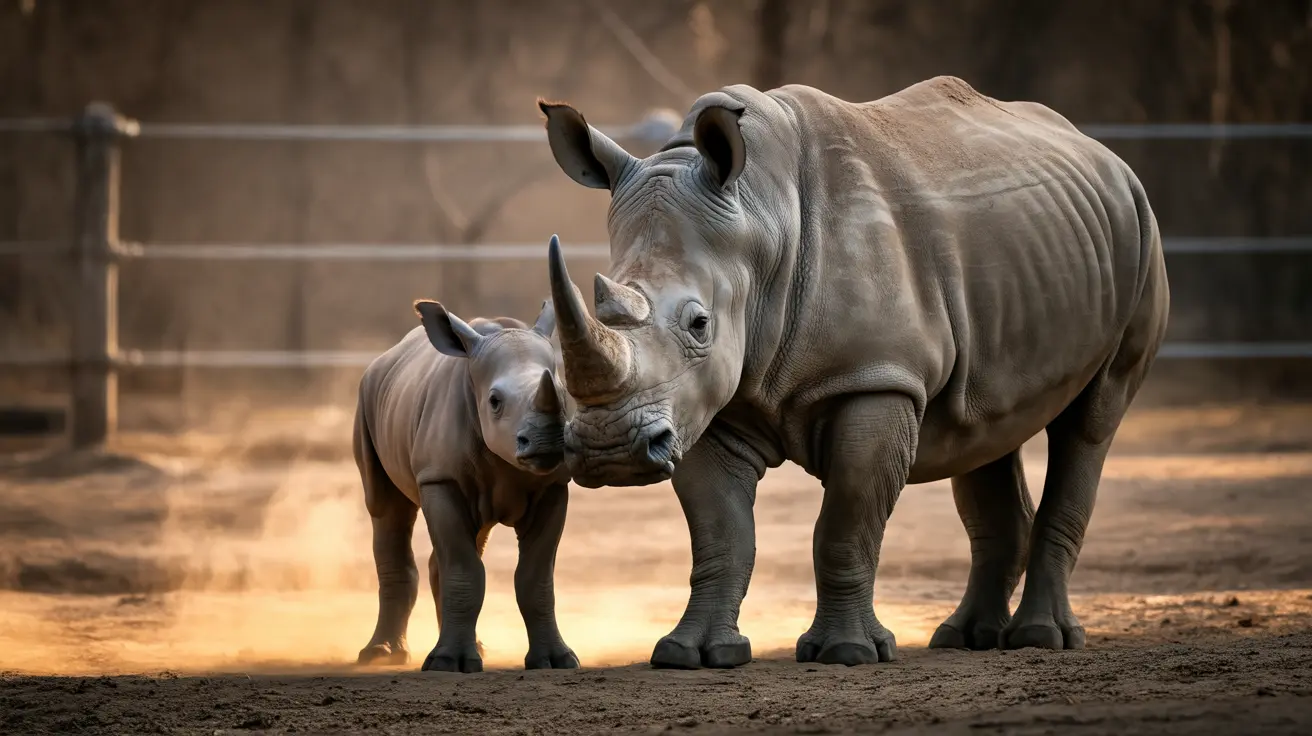Wildlife Rehabilitator Faces Legal Consequences
The case has resulted in charges against a licensed wildlife rehabilitator, raising questions about oversight and accountability in animal care professions. This situation represents a significant breach of the trust placed in individuals authorized to care for and rehabilitate wildlife.
Signs of Animal Hoarding Discovered
- Overwhelming number of animals in confined spaces
- Deteriorating living conditions
- Inability to provide adequate care
- Accumulation of clutter and waste
- Impact on human occupants' wellbeing
Impact on Elderly Resident and Animal Welfare
The discovery particularly highlights the intersection of animal hoarding and elder neglect. The 95-year-old resident's confinement to a single room due to excessive clutter demonstrates how animal hoarding can severely compromise human safety and dignity.
Animal Rescue Process Underway
- Evaluate each animal's health condition
- Provide necessary veterinary care
- Document cases for legal proceedings
- Prepare animals for potential rehabilitation and adoption
Community Response and Support Systems
This case serves as a crucial reminder of the importance of community vigilance and proper reporting channels. Neighbors and concerned citizens play vital roles in identifying and reporting suspected cases of animal hoarding and neglect before situations deteriorate to this extent.
Frequently Asked Questions
What is animal hoarding, and how can it be recognized?
Animal hoarding is characterized by keeping an excessive number of animals without the ability to provide proper care, leading to deteriorating conditions for both animals and humans. Warning signs include numerous animals in poor condition, strong odors, unsanitary conditions, and resistance to allowing visitors inside the home.
What legal consequences can wildlife rehabilitators face in hoarding cases?
Licensed wildlife rehabilitators can face animal cruelty charges, license revocation, fines, and potential imprisonment when found guilty of animal hoarding or neglect. These cases are particularly serious due to the breach of professional trust and responsibility.
How can community members report suspected animal hoarding?
If you suspect animal hoarding in your community, contact local animal control authorities, law enforcement, or animal welfare organizations immediately. Document any observable evidence and maintain records of concerning behavior, but never attempt to intervene directly.
The Long Island case serves as a sobering reminder of how animal hoarding affects both human and animal welfare. It underscores the importance of proper oversight of wildlife rehabilitators and the need for community awareness in preventing such situations. As this case proceeds through legal channels, it will likely lead to enhanced scrutiny of animal care licensing and monitoring systems.






